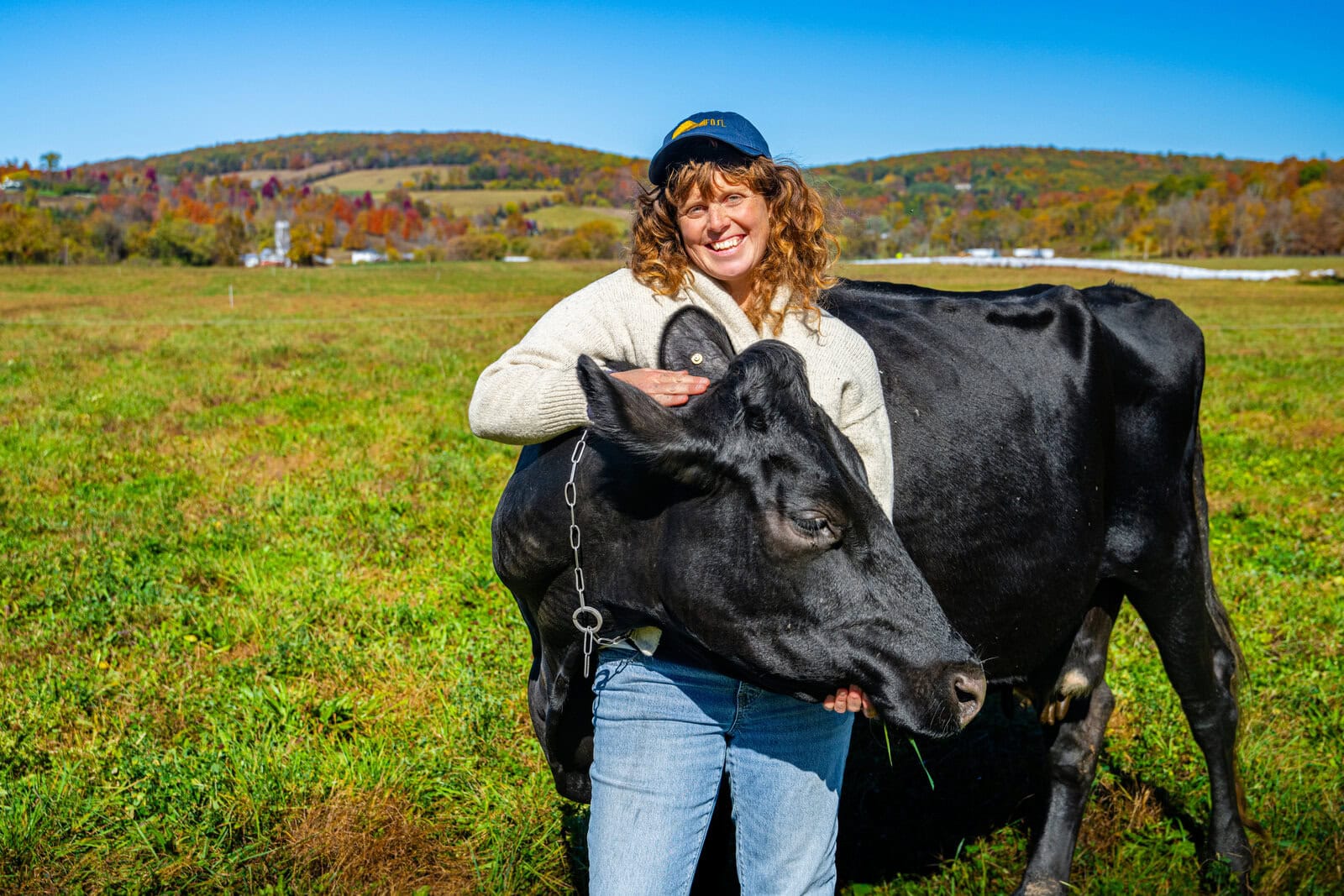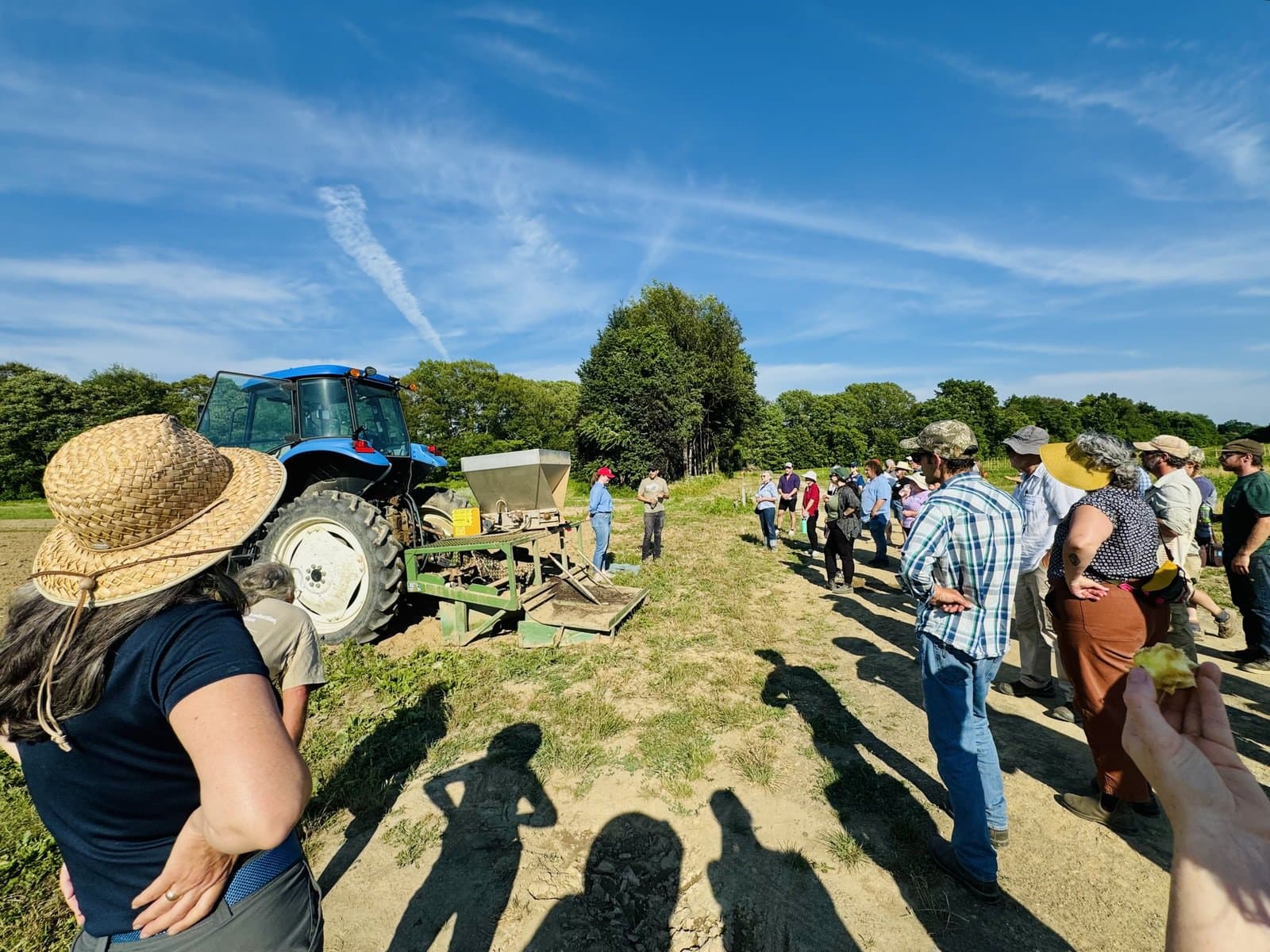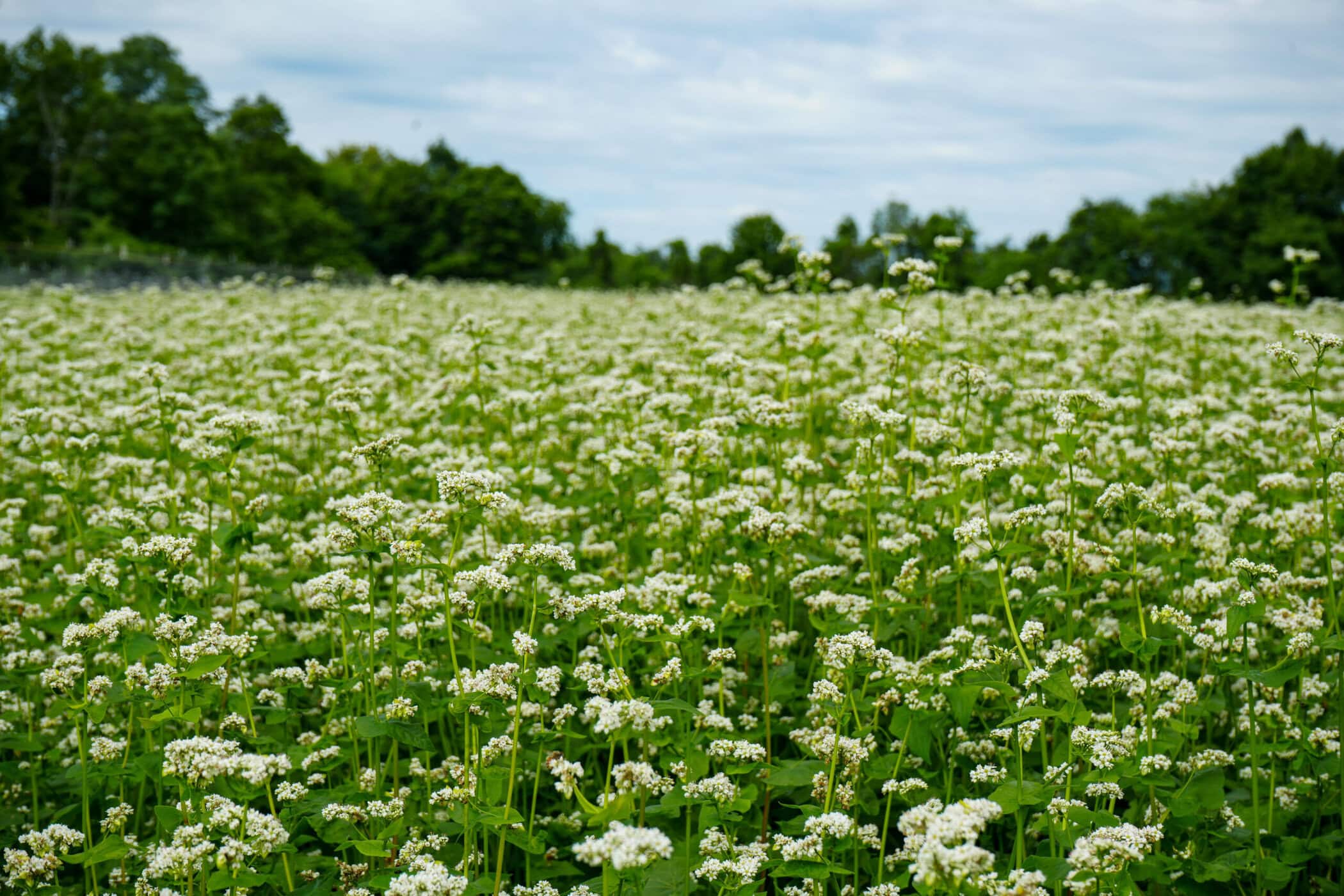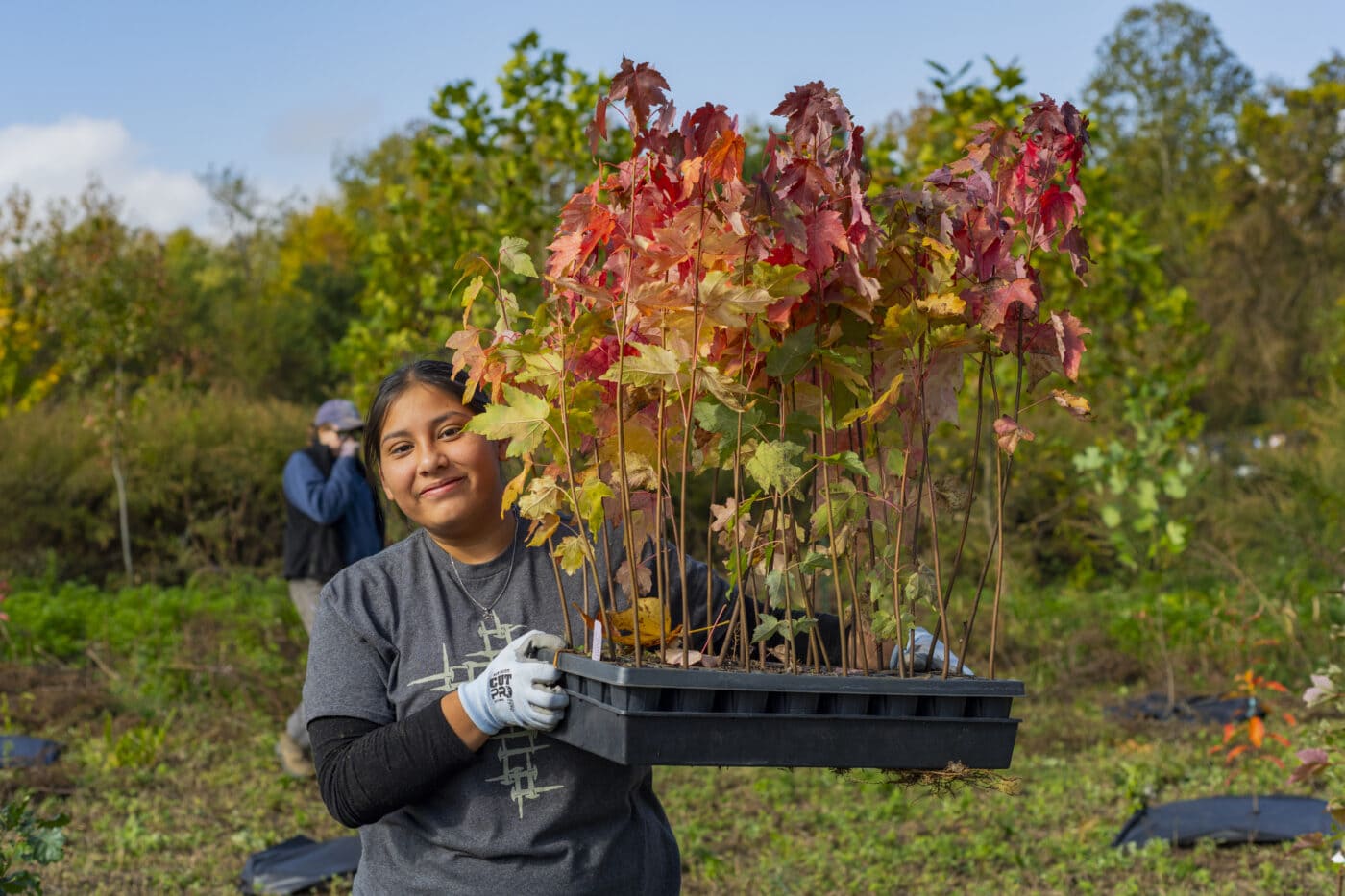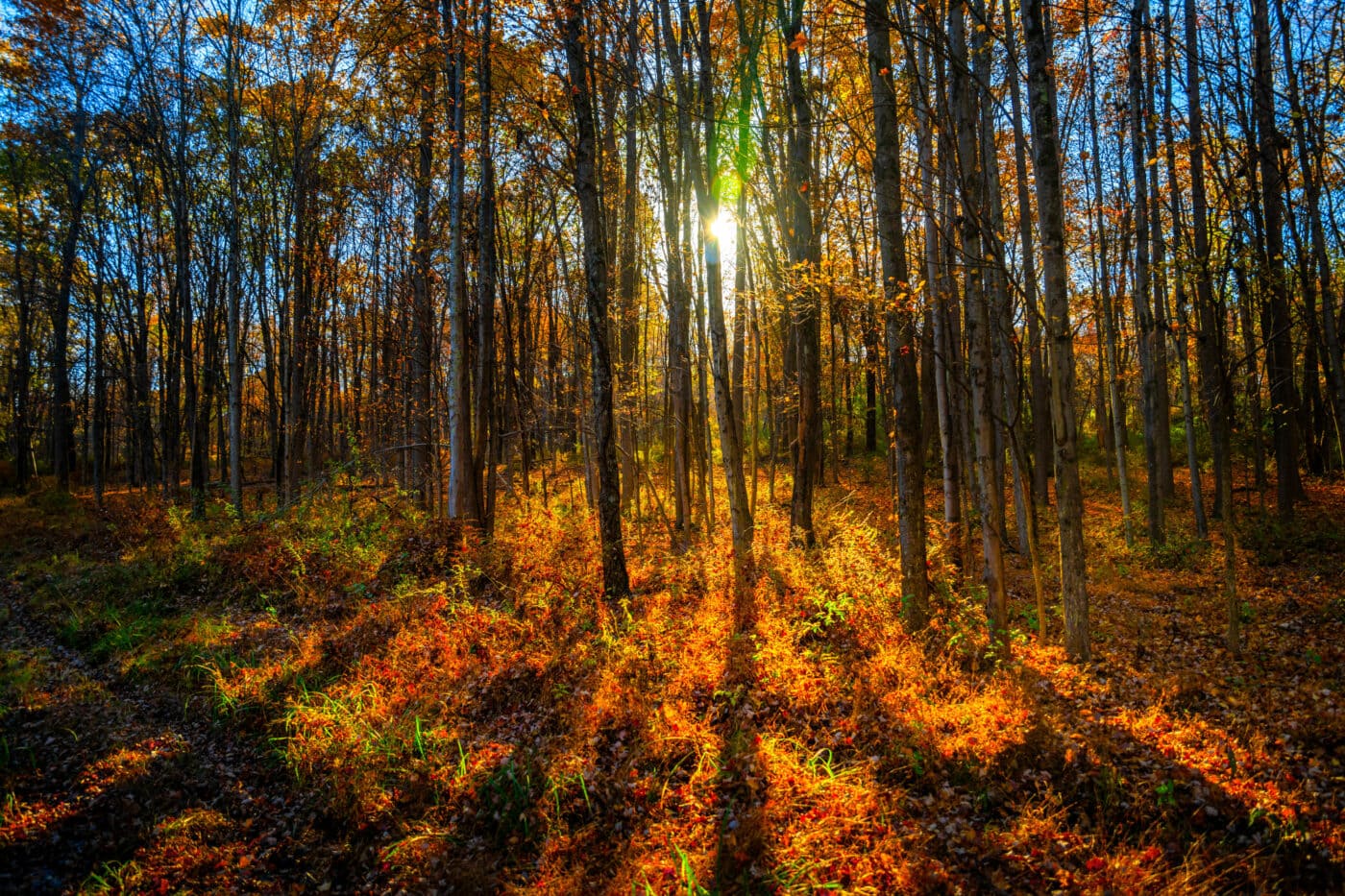It’s almost unbelievable now to imagine that there was a point during the early 20th century when cars could zip across the solid surface of the frozen river from Nyack to Tarrytown with ease. While the river probably won’t freeze over completely this year, with temperatures in the teens on several January days, there will still be plenty of ice to go around in the waters between Poughkeepsie and Saugerties.
That’s where the U.S. Coast Guard’s icebreaker vessels come in. “If the Hudson’s not clear and other waterways are not clear, places like Albany and these other places don’t get the supplies they need for the commerce,” Lt. Greg Schmidt, executive officer of the Coast Guard cutter Penobscot Bay, says during a recent mission along the river.
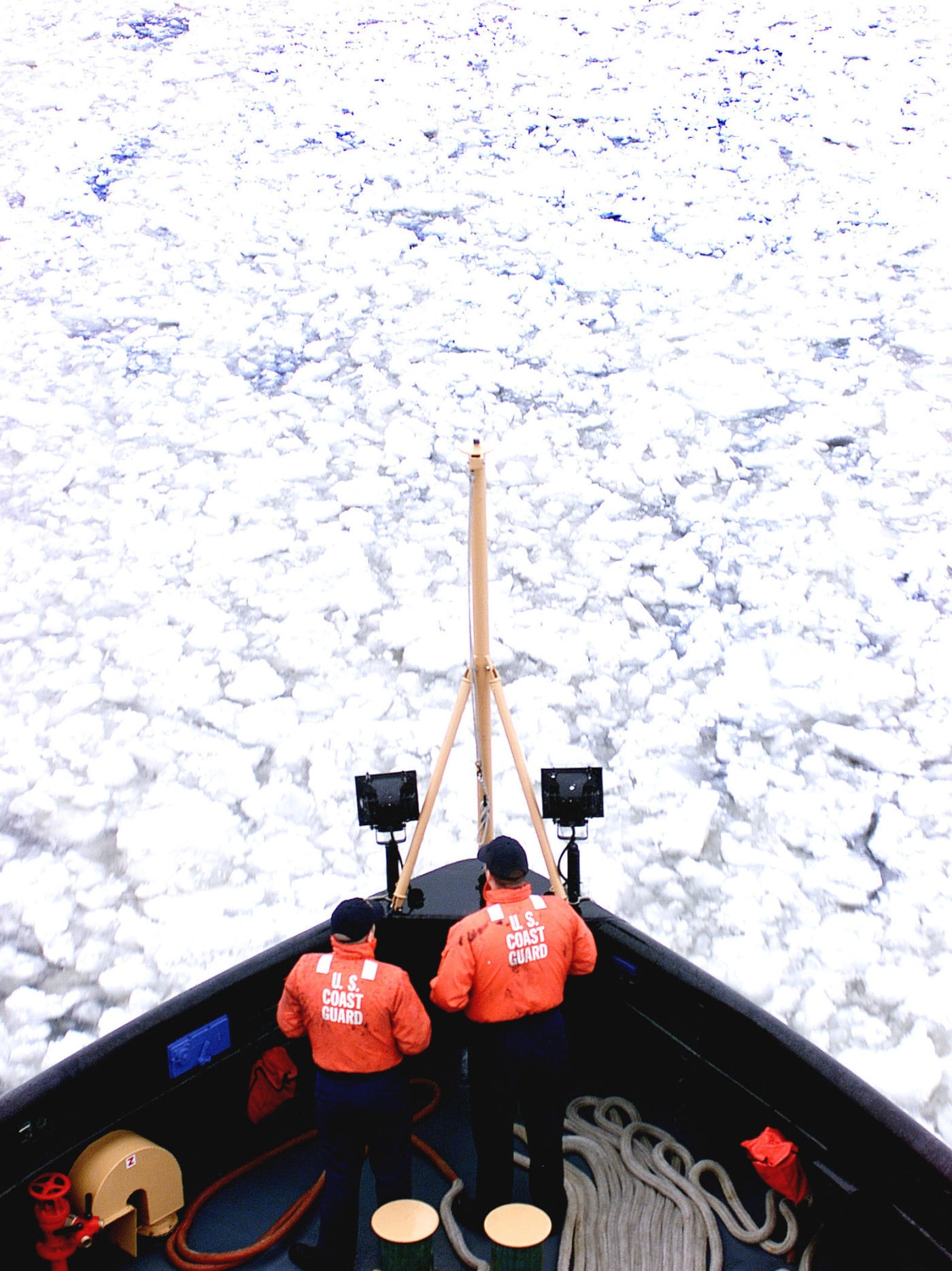
As Schmidt and the 16-member crew stand watch over the litany of instruments and indicators on the vessel’s control panel, the 140-foot hull of the ship rides on top of incoming ice, using its weight to break it up and clear a path for other vessels afterward. “And that’s where we hit the choke points and we open up the places where the vessels are going to be going through,” Schmidt says. “It’s definitely more than we had last year. So we’re definitely going to keep up.”
As the shards of plate ice covering the water are shattered and brushed away to the sides, some of it refreezes, forming clumpy, less substantial brash ice that’s easier to navigate through. Currently, they’re escorting a vessel carrying around 10.8 million barrels of oil that left New Jersey the night before. The roar of the parting waters quickly settles in the icebreaker’s wake, clearing a path for the vital cargo behind them. They go out for a few days at a time to clear designated areas, sometimes living and sleeping on board when they’re too far away from their port back in Bayonne, N.J.
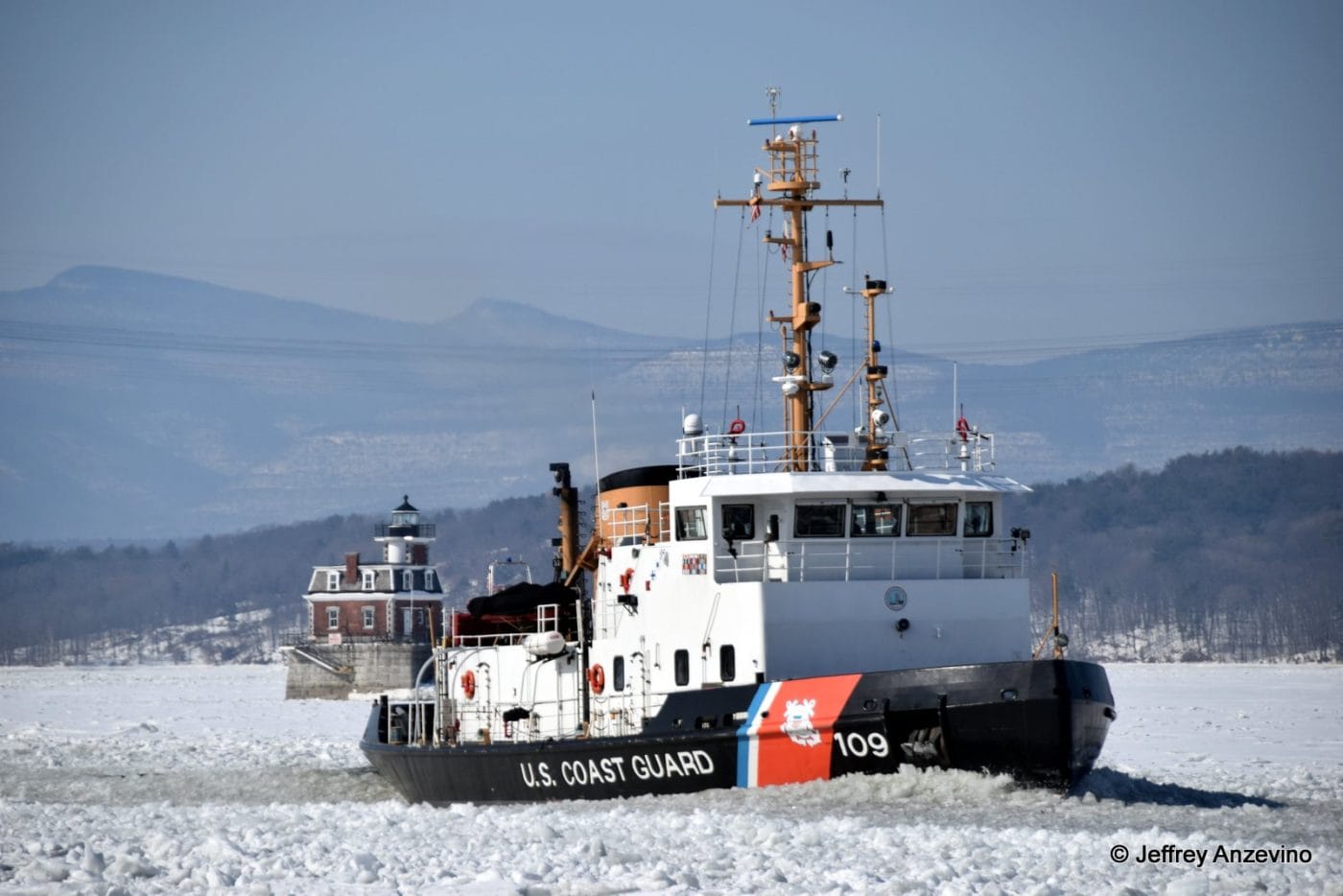
Although this winter might be colder, overall the Hudson (like the rest of the world) has gotten warmer as climate change continues. Snow melts into all the watersheds in the Northeast, including those that feed into the river, about a week earlier than it did back in 1940. Since that time, the region also has gotten about 1.5 degrees warmer, according to Robin Bell, a professor at Columbia University’s Lamont-Doherty Observatory who has studied the gradual changes in the Hudson.
“If you went down there [to the river’s edge] with your great-grandmother and stood where she found low tide, now the water would be almost up to her knees 100 years later,” Bell said. Shifting amounts of glacial ice and snow are usually the more visible signs of climate change, but it’s the little things that regularly go unnoticed.
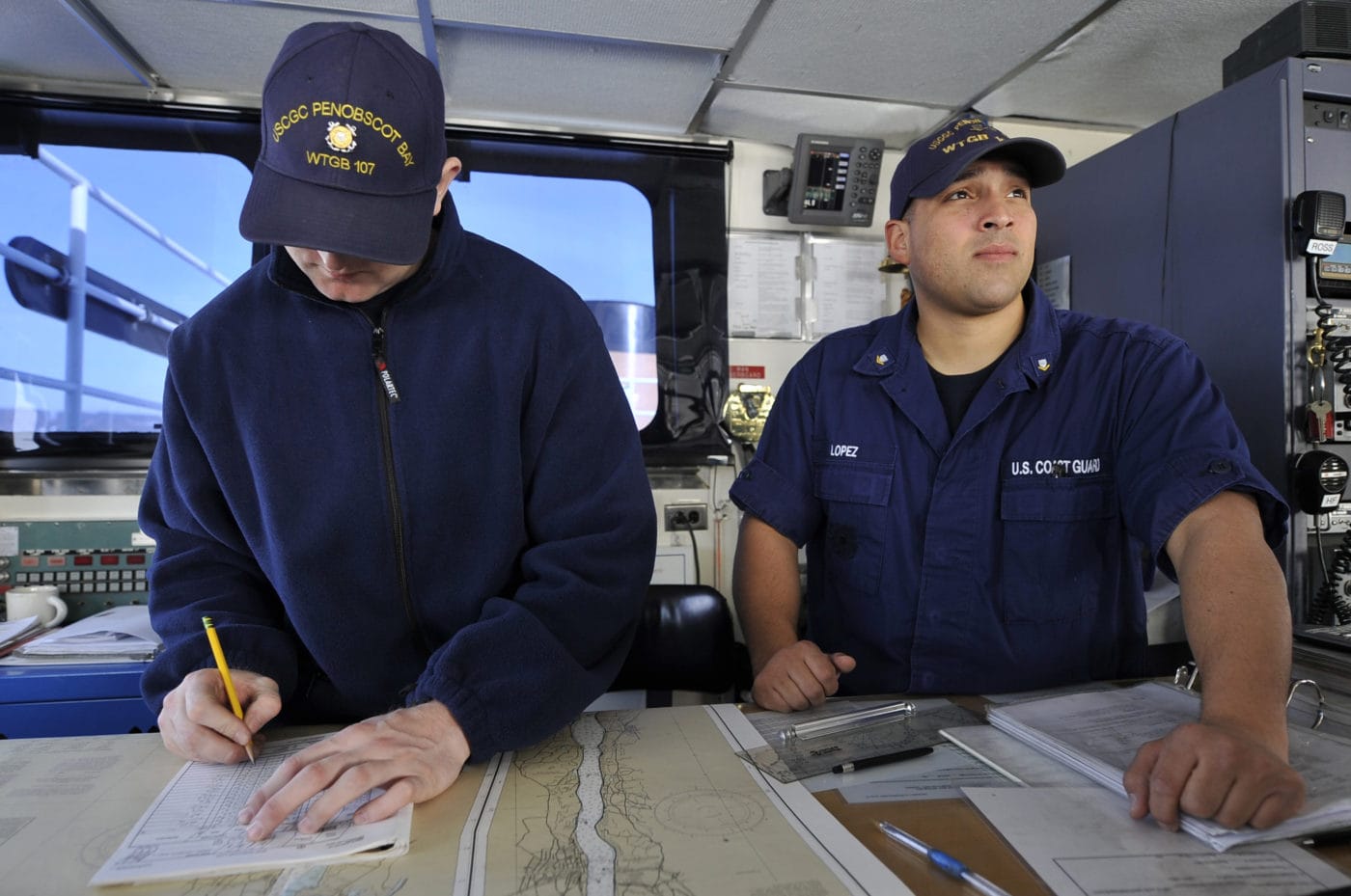
“It’s not just polar bears or glaciers — it’s the fact that daffodils are coming up sooner, and tomatoes and basil plants are lasting longer,” Bell says. “The growing season is, on average in the U.S., 10 days longer because of climate change. And so it’s not something exotic. It’s something that’s right here.”
Schmidt and his crew count on a combination of different technology to help them work around the ornery elements. This cruise down the river was definitely colder than when he first started this mission back in winter 2018, but that was expected. Weather models weeks in the making forecasted the polar vortex blanketing swaths of the country this winter. That fact, coupled with aerial photos from auxiliary Coast Guard planes, let them home in on the areas where ice buildup is the greatest.
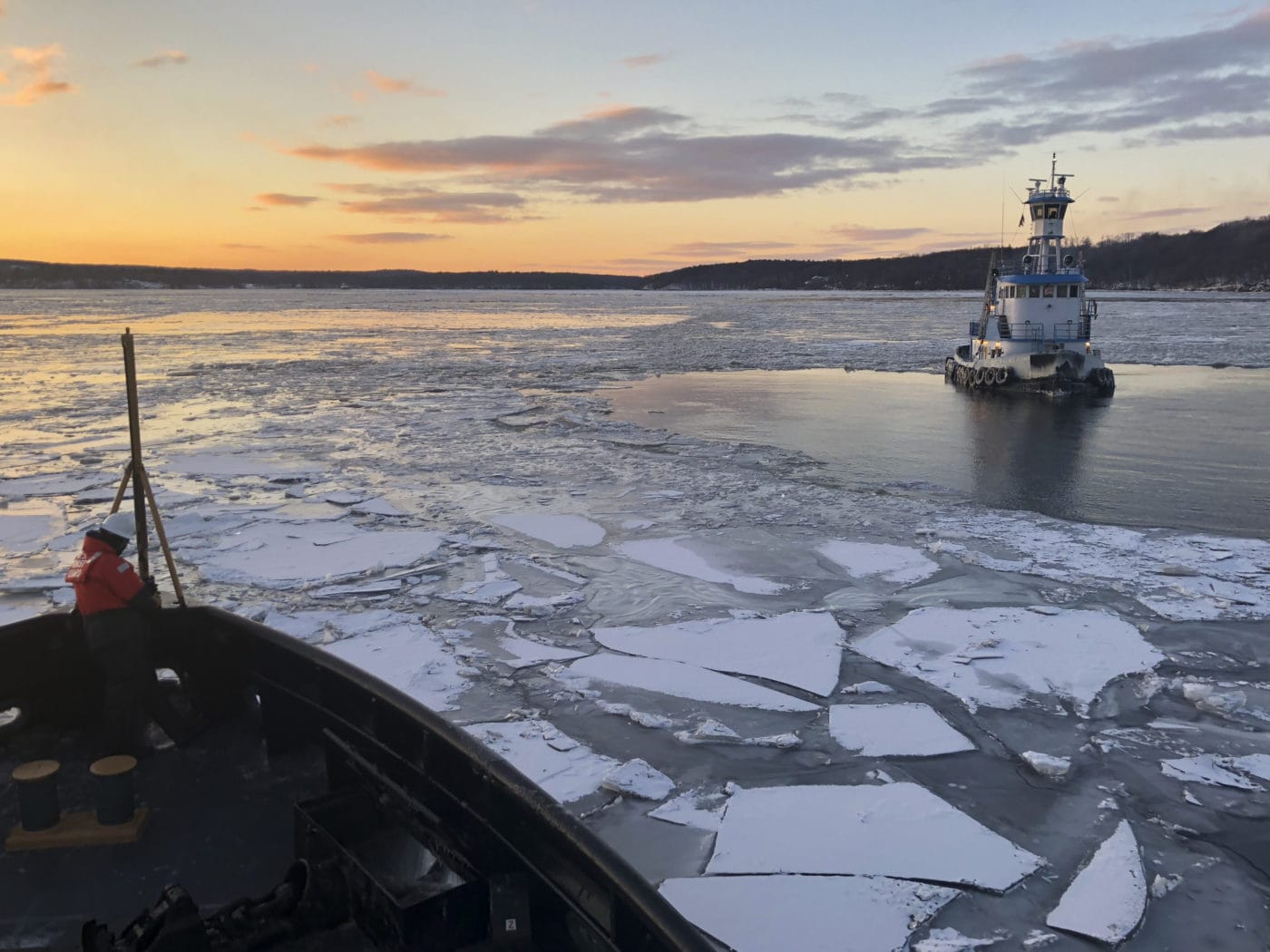
“So we technically cover the whole river. But as the season develops, we kind of get a better picture of where it actually is congregating,” Schmidt says.
The weeks out in the open waters aren’t all blank-white; crew members take in the bucolic Hudson Highlands and catch glimpses of bald eagles in flight. The switch-up in daily responsibilities during any given season is a welcomed change of pace. One day, they might be breaking some ice between Bear Mountain and Jones Point; the next they might be escorting a commercial barge or redirecting a personal boat that might’ve ventured too far out.
“That’s kind of the rewarding aspect of the icebreaking mission, but also, it builds upon what the Coast Guard has as a whole in terms of the many missions we’re involved in,” he says.
Watch the Penobscot Bay at work below for 2 minutes — it will give you the thrill of being on our icy local waters in winter.




